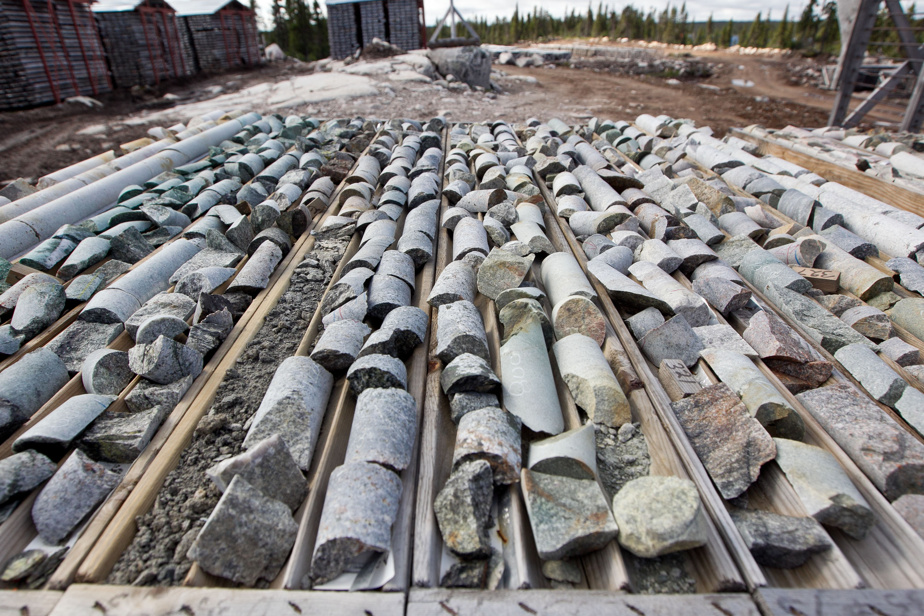(New York) The price of uranium reached its highest level in nearly 17 years on Friday, driven by constrained supply and accelerating demand, amid renewed interest in nuclear energy.
The benchmark contract on uranium oxide, called U3O8 (named after its chemical formula) and which, once enriched, serves as nuclear fuel, rose to $85.75 per pound (around 450 grams) , a first since January 2007.
This escalation in prices is the result of a combination of factors, notably the rebound in demand, linked to the energy transition, but also to fears relating to the supply of oil and gas following the invasion of Ukraine by Russia.
France, Belgium, the United Kingdom and Romania have recently authorized the extension of the operation of several existing power plants.
The California regulator of community services (CPUC) validated Thursday the five-year extension of the life of the two Diablo Canyon reactors, located northwest of Los Angeles and which were initially scheduled to close in 2024 and 2025.
New projects have also been launched, particularly in China (25 reactors under construction) but also in India, Turkey and Egypt.
At the same time, “supply hasn’t really kept up,” explains Jonathan Hinze, president of the nuclear industry research firm UxC.
He cites in particular Kazakhstan, by far the world’s leading producer of uranium (43% of supply in 2022, according to the World Nuclear Association), which faced logistical problems, in particular a shortage of acid. sulfuric, used for extraction.
Some 58,000 tonnes of uranium were mined in 2022 worldwide.
The market is also worried, according to the analyst, about the military coup in Niger, which ensured 4% of world production in 2022.
Added to this is the vote on Monday by the American House of Representatives for an embargo on Russian uranium (5% of world production), which has put a little more tension on operators. The text must still be examined in the Senate.
Superimposed on all of these factors is the emergence of financial players who accumulate significant reserves and drive up prices.
The largest of them being the Canadian Sprott, which controlled, at the end of June, nearly 28,000 tonnes of the precious ore.
To supply the market, mines are reopening in several places around the world, such as in Utah, in the United States.
“Mining will meet demand, but it’s not a process that happens overnight. It will take years,” warns Jonathan Hinze. In the immediate future, “it appears that prices will continue to rise. »
